Home>Garden Essentials>Garden Storage>Where To Place Wardrobe In Bedroom
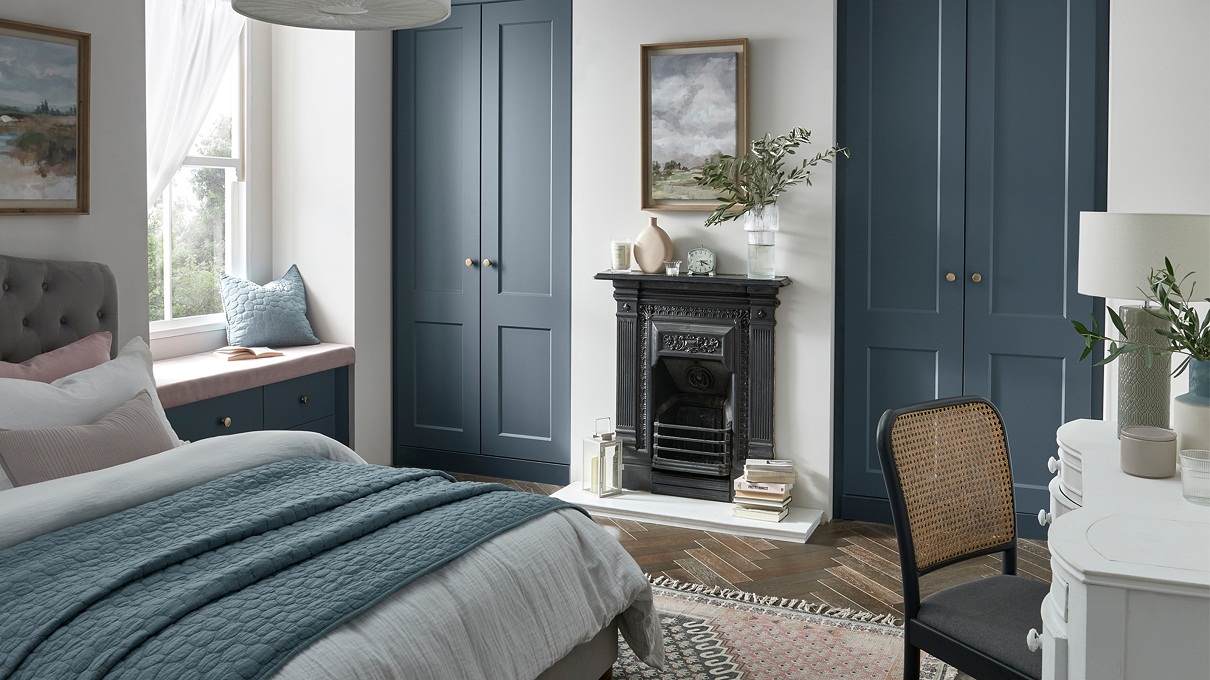

Garden Storage
Where To Place Wardrobe In Bedroom
Modified: November 2, 2024
Find the perfect spot for your wardrobe in your bedroom to maximize storage space and keep your belongings organized with our helpful tips and ideas.
(Many of the links in this article redirect to a specific reviewed product. Your purchase of these products through affiliate links helps to generate commission for Storables.com, at no extra cost. Learn more)
Introduction
Choosing the right placement for your wardrobe is crucial in creating an organized and functional bedroom. The wardrobe not only holds your clothes and accessories, but it also contributes to the overall aesthetic appeal of the space. Deciding where to place your wardrobe requires careful consideration of factors such as room layout, accessibility, natural light, and proximity to other furniture. In this article, we will explore various wardrobe placement options and discuss the pros and cons of each, helping you make an informed decision that best suits your needs and preferences.
A well-placed wardrobe can optimize the functionality of your bedroom while adding a touch of style. Whether you have a small bedroom with limited space or a spacious master suite, finding the ideal placement for your wardrobe is essential. By strategically positioning your wardrobe, you can maximize storage capacity, improve room flow, and create a visually appealing space.
When considering the placement of your wardrobe, it’s important to assess the size and layout of your room. This will determine how much space you have available and what placement options are feasible. Additionally, you’ll want to take into account the accessibility of the wardrobe. Placing it in a location that offers easy access will save you time and effort when selecting clothes or organizing your wardrobe.
The amount of natural light and ventilation in the room is another important factor to consider. Placing your wardrobe in a way that allows for natural light to filter through the room can create a bright and airy ambiance. However, if your room lacks natural light or you prefer a more enclosed feel, you may opt for a placement that minimizes direct sunlight.
The proximity of your wardrobe to other furniture pieces is also worth considering. A well-coordinated and balanced bedroom design is essential for creating a harmonious and visually appealing space. Placing your wardrobe next to your bed or dresser can create a cohesive look while ensuring easy access to all your essentials.
Lastly, the design and aesthetic appeal of your wardrobe placement should not be overlooked. Your wardrobe can serve as a focal point in the room or seamlessly blend with the overall design scheme. Whichever option you choose, be sure to select a placement that complements your personal style and enhances the overall aesthetic of the bedroom.
Now that we’ve established the key factors to consider when choosing the placement for your wardrobe, let’s explore the different options available and discuss the pros and cons of each. By the end of this article, you’ll have a better understanding of the ideal wardrobe placement options in the bedroom and be well-equipped to make the best decision for your space.
Key Takeaways:
- The placement of your wardrobe in the bedroom can greatly impact functionality and aesthetics. Consider factors like room size, natural light, and proximity to other furniture to make an informed decision.
- Each wardrobe placement option has its pros and cons, so weigh them against your specific needs and preferences. Striking a balance between practicality and visual appeal is crucial for creating a functional and stylish bedroom.
Read more: Where To Place A Lamp In The Bedroom
Factors to Consider When Choosing the Placement for Your Wardrobe
When it comes to choosing the placement for your wardrobe in the bedroom, several factors should be taken into consideration. These factors will not only determine the functionality of the wardrobe but also influence the overall design and flow of the room. Let’s explore some of the key factors to consider when deciding where to place your wardrobe.
Room Size and Layout
The size and layout of your bedroom play a significant role in determining the ideal placement for your wardrobe. If you have a small bedroom with limited space, you’ll need to find a placement option that maximizes storage capacity without overwhelming the room. On the other hand, if you have a spacious bedroom, you have more flexibility in choosing the placement and can consider larger wardrobe options.
Assessing the layout of your room is also important. Take note of any architectural features or structural elements that may impact the placement of your wardrobe. Consider the position of windows, doors, and electrical outlets, as these may limit your placement options.
Accessibility
Another important factor to consider is the accessibility of your wardrobe. Placing it in a convenient location makes it easier for you to access your clothes and accessories. A wardrobe that is tucked away in a corner or obstructed by other furniture may prove to be less practical in the long run. Aim for a placement that allows for easy and effortless access to your wardrobe contents.
Natural Light and Ventilation
The amount of natural light and ventilation in the room can greatly influence the placement of your wardrobe. If you have a room that receives ample natural light, you may want to avoid placing your wardrobe in a position that obstructs or limits the flow of light. On the other hand, if your room lacks natural light or you prefer a more enclosed feel, you can consider placing your wardrobe in a location that minimizes direct sunlight.
Ventilation is also an important consideration, especially for the storage of your clothes. Make sure that the placement of your wardrobe allows for proper air circulation to prevent musty odors or moisture build-up.
Read more: Where To Place Rugs In Bedroom
Proximity to Other Furniture
Consider the proximity of your wardrobe to other furniture pieces in the bedroom. Placing your wardrobe near your bed or dresser can create a cohesive and balanced design. It can also ensure easy access to all your essentials, creating a functional and efficient space.
By strategically placing your wardrobe in relation to other furniture items, you can create a harmonious arrangement that optimizes the flow and functionality of the room.
Design and Aesthetic Appeal
The design and aesthetic appeal of your wardrobe placement should not be underestimated. Your wardrobe can serve as a focal point in the room or blend seamlessly with the overall design scheme. Consider the style and finish of your wardrobe and choose a placement that complements your personal taste and enhances the visual appeal of the room.
By taking into account these factors – room size and layout, accessibility, natural light and ventilation, proximity to other furniture, and design and aesthetic appeal – you can make an informed decision on where to place your wardrobe in the bedroom. Finding the right placement will not only optimize the functionality of your wardrobe but also contribute to the overall ambiance and organization of your space.
Ideal Wardrobe Placement Options in the Bedroom
When it comes to placing your wardrobe in the bedroom, there are several ideal options to consider. The placement of your wardrobe can significantly impact the overall functionality and visual appeal of your space. Let’s explore some of the best wardrobe placement options in the bedroom.
Against a Blank Wall
One of the most common and practical wardrobe placement options is against a blank wall. Placing your wardrobe against a wall allows for easy access and maximizes floor space. It creates a focal point in the room, especially if you choose a wardrobe with an eye-catching design or finish. This placement option is particularly suitable if you have a smaller bedroom as it utilizes unused wall space while maintaining an open and spacious feel.
However, keep in mind that placing your wardrobe against a wall may limit the natural light in the room, especially if it obstructs windows. Consider the positioning carefully to balance functionality and the overall aesthetics of the space.
Read more: Where To Place A Smoke Detector In A Bedroom
In a Recessed Niche or Alcove
If your bedroom has a recessed niche or alcove, consider utilizing this space for your wardrobe placement. This option not only maximizes storage capacity but also creates a seamless and integrated look in the room. Placing your wardrobe in a recessed niche or alcove allows it to blend harmoniously with the walls, creating a clean and tailored appearance.
However, keep in mind that this placement option may require a specific layout, as the dimensions of the niche or alcove need to align with your wardrobe. Furthermore, be aware that choosing this option may limit flexibility in furniture arrangement, as other pieces may need to be placed around the niche or alcove.
Beside the Bed
Placing your wardrobe beside the bed offers convenience and balance to the room. This placement option is particularly useful if you have a smaller bedroom or limited wall space. By positioning the wardrobe beside the bed, it can act as a nightstand, providing a surface to place a lamp, alarm clock, or other bedside essentials.
Having the wardrobe beside the bed allows for easy access to your clothes and accessories, ensuring everything you need is within reach. Moreover, it creates symmetry in the room, which can enhance the overall visual appeal.
However, keep in mind that placing the wardrobe beside the bed may reduce space for other furniture pieces or limit movement around the bed. Consider the size of your bedroom and the layout of your furniture before opting for this placement option.
In a Walk-in Closet
If you have the luxury of space, incorporating a walk-in closet in your bedroom is an excellent option. Placing your wardrobe within a dedicated walk-in closet keeps the bedroom clutter-free and ensures ample storage capacity for your clothes, shoes, and accessories. This option allows you to create a designated space solely for your wardrobe, maintaining privacy and organization.
However, keep in mind that dedicating space to a walk-in closet may reduce the overall size of your bedroom. Consider the balance between the size of your bedroom and the desired storage capacity when opting for this wardrobe placement option.
Opposite the Bed
Placing your wardrobe opposite the bed can create symmetry and add depth to the room. This placement option is particularly suitable if you prefer a balanced and visually appealing bedroom design. By positioning the wardrobe opposite the bed, it creates a focal point that draws the eye and adds visual interest to the space.
Additionally, having the wardrobe opposite the bed allows for easy organization and access to your clothes. You can easily see and select your outfits when the wardrobe is in close proximity to the bed.
However, keep in mind that placing the wardrobe opposite the bed may obstruct the view or limit the natural light in the room. Consider the positioning carefully to maintain a harmonious balance between functionality and aesthetics.
Consider your bedroom layout, available space, and personal preferences when choosing your ideal wardrobe placement option. Each option has its own pros and cons, so take the time to assess your needs and envision the desired outcome. By selecting the right wardrobe placement, you can enhance the functionality and visual appeal of your bedroom, creating a space that is both practical and stylish.
Pros and Cons of Each Wardrobe Placement Option
When it comes to selecting the placement for your wardrobe in the bedroom, it’s important to weigh the pros and cons of each option. Consideration of these factors will help you make an informed decision that suits your needs and preferences. Let’s explore the pros and cons of each wardrobe placement option.
Against a Blank Wall
– Pros: Placing your wardrobe against a blank wall creates a focal point in the room, adding visual interest and enhancing the overall design. It also allows for easy access to your clothes and utilizes unused wall space effectively. Additionally, this placement option maximizes floor space, giving the room a more open and spacious feel.
– Cons: Placing the wardrobe against a wall may limit the natural light in the room, especially if it obstructs windows. It can also restrict the flow of the room if the placement disrupts the overall layout. Careful consideration of the positioning is needed to balance functionality and room ambiance.
Read more: Where To Place A Smoke Detector In A Bedroom
In a Recessed Niche or Alcove
– Pros: Placing your wardrobe in a recessed niche or alcove maximizes space and creates a seamless and tailored look. It allows the wardrobe to blend effortlessly with the room, providing a clean and cohesive appearance. This placement option also offers additional storage opportunities by utilizing otherwise unused spaces.
– Cons: Opting for this placement option requires a specific layout that aligns with the dimensions of the niche or alcove. As a result, it may limit flexibility in furniture arrangement. Other pieces may need to be positioned around the niche or alcove, potentially reducing versatility in room design.
Beside the Bed
– Pros: Placing your wardrobe beside the bed offers convenient access and creates balance in the room. It can act as a nightstand, providing a surface for a lamp, books, or other bedside essentials. This placement option also contributes to a visually pleasing and symmetrical bedroom design.
– Cons: While placing the wardrobe beside the bed offers convenience, it may reduce space for other furniture pieces. It could limit the available area for additional seating, a vanity, or other desired bedroom elements. Furthermore, it may restrict movement around the bed, particularly in smaller bedrooms.
In a Walk-in Closet
– Pros: Placing your wardrobe in a dedicated walk-in closet helps keep the bedroom clutter-free and provides ample storage capacity. It allows you to create a designated space solely for your wardrobe, ensuring organization and privacy. This placement option is ideal for those who prioritize a neat and tidy bedroom.
– Cons: Opting for a walk-in closet requires a dedicated space, which may reduce the overall size of the bedroom. It is essential to consider the balance between the desired storage capacity and the available room space. Furthermore, building or modifying a walk-in closet may involve additional costs and construction work.
Opposite the Bed
– Pros: Placing your wardrobe opposite the bed creates symmetry and adds depth to the room. It serves as a visually pleasing focal point and contributes to easy organization. This placement option allows for convenient access to your clothes, especially when positioned close to the bed.
– Cons: Placing the wardrobe opposite the bed may obstruct the view from certain vantage points in the room. Depending on the size and positioning, it may also limit the natural light that enters the space. Careful consideration of the placement is necessary to ensure it does not disrupt the overall flow and ambiance of the room.
Consider your personal preferences, room layout, and desired functionality when evaluating the pros and cons of each wardrobe placement option. Each option offers unique advantages and considerations. By carefully weighing these factors, you can choose the best placement that aligns with your needs and enhances the overall appeal of your bedroom.
Conclusion
Choosing the right placement for your wardrobe in the bedroom is essential for creating an organized and visually appealing space. By considering factors such as room size and layout, accessibility, natural light and ventilation, proximity to other furniture, and design aesthetics, you can make an informed decision that maximizes functionality and enhances the overall ambiance of your room.
Placing your wardrobe against a blank wall creates a focal point and makes efficient use of unused space. However, it may limit natural light and restrict room flow. In contrast, utilizing a recessed niche or alcove maximizes space, blends seamlessly with the room, and provides additional storage, but it requires a specific layout and may limit flexibility in furniture arrangement.
Placing your wardrobe beside the bed offers convenient access and can act as a nightstand. It provides balance to the room but may reduce space for other furniture and limit movement around the bed. Opting for a walk-in closet keeps the bedroom clutter-free, provides ample storage, and maintains privacy. However, it requires dedicated space and may reduce the overall size of the bedroom.
Positioning your wardrobe opposite the bed creates symmetry, adds depth to the room, and allows for easy organization. However, it may obstruct the view, limit natural light, and require careful positioning to ensure a harmonious overall effect.
Ultimately, the ideal wardrobe placement will depend on your personal preferences, room layout, and desired functionality. Consider the pros and cons of each option and weigh them against your specific needs. Whether you choose to place your wardrobe against a blank wall, in a recessed niche, beside the bed, in a walk-in closet, or opposite the bed, make sure it enhances the functionality of the space and brings aesthetic appeal to your bedroom.
Remember, striking a balance between practicality and visual appeal is crucial. A well-placed wardrobe not only provides efficient storage but also contributes to the overall design and organization of your room. Take the time to assess your needs, envision the desired outcome, and make an informed decision that creates a bedroom space you’ll love waking up to each day.
By considering all the factors and carefully selecting the best placement for your wardrobe, you can create a bedroom that is both functional and stylish, promoting a sense of calm and relaxation that is essential for a good night’s sleep.
Final Thoughts on Wardrobe Placement in the Bedroom
Choosing the right placement for your wardrobe in the bedroom is a decision that should not be taken lightly. The placement of your wardrobe can greatly impact the functionality, flow, and overall aesthetic of the room. By assessing factors such as room size, accessibility, natural light, proximity to other furniture, and design appeal, you can make an informed choice that best suits your needs and preferences.
Remember that there is no one-size-fits-all approach when it comes to wardrobe placement. Each bedroom is unique, and what works for one space may not work for another. It’s important to consider how different placement options align with your room layout and personal style.
Take the time to imagine the flow and functionality of your space with each wardrobe placement option. Visualize how you would navigate the room, how the natural light would interact with the space, and how each placement option would enhance or limit your daily routines.
Consider the practicality of the placement option you choose. Is it easily accessible? Does it allow for efficient organization of your clothes and accessories? Can you move freely around the room without any major obstructions? These are important questions to consider when making your decision.
Additionally, keep in mind the visual appeal of the placement option. A well-placed wardrobe can contribute to the overall design aesthetic of your bedroom. Consider how each placement option complements or enhances the existing furniture and decor in the room.
It’s also worth thinking about the long-term implications of your wardrobe placement. Will the chosen placement option still be practical and functional as your needs and preferences change over time? Flexibility in furniture arrangement is especially important if you anticipate the need for room reconfiguration in the future.
In the end, the ideal wardrobe placement option is one that suits your lifestyle, enhances the functionality of your space, and reflects your personal style. It should provide easy access to your clothes and accessories while maintaining a harmonious and visually appealing environment.
Remember that your bedroom is a sanctuary, a place of relaxation and rejuvenation. The placement of your wardrobe should contribute to creating a peaceful and organized space that promotes a sense of calm and tranquility.
Take the time to carefully evaluate your options, consider the pros and cons of each placement possibility, and trust your instincts. By finding the perfect placement for your wardrobe, you can transform your bedroom into a haven of comfort and style.
Frequently Asked Questions about Where To Place Wardrobe In Bedroom
Was this page helpful?
At Storables.com, we guarantee accurate and reliable information. Our content, validated by Expert Board Contributors, is crafted following stringent Editorial Policies. We're committed to providing you with well-researched, expert-backed insights for all your informational needs.
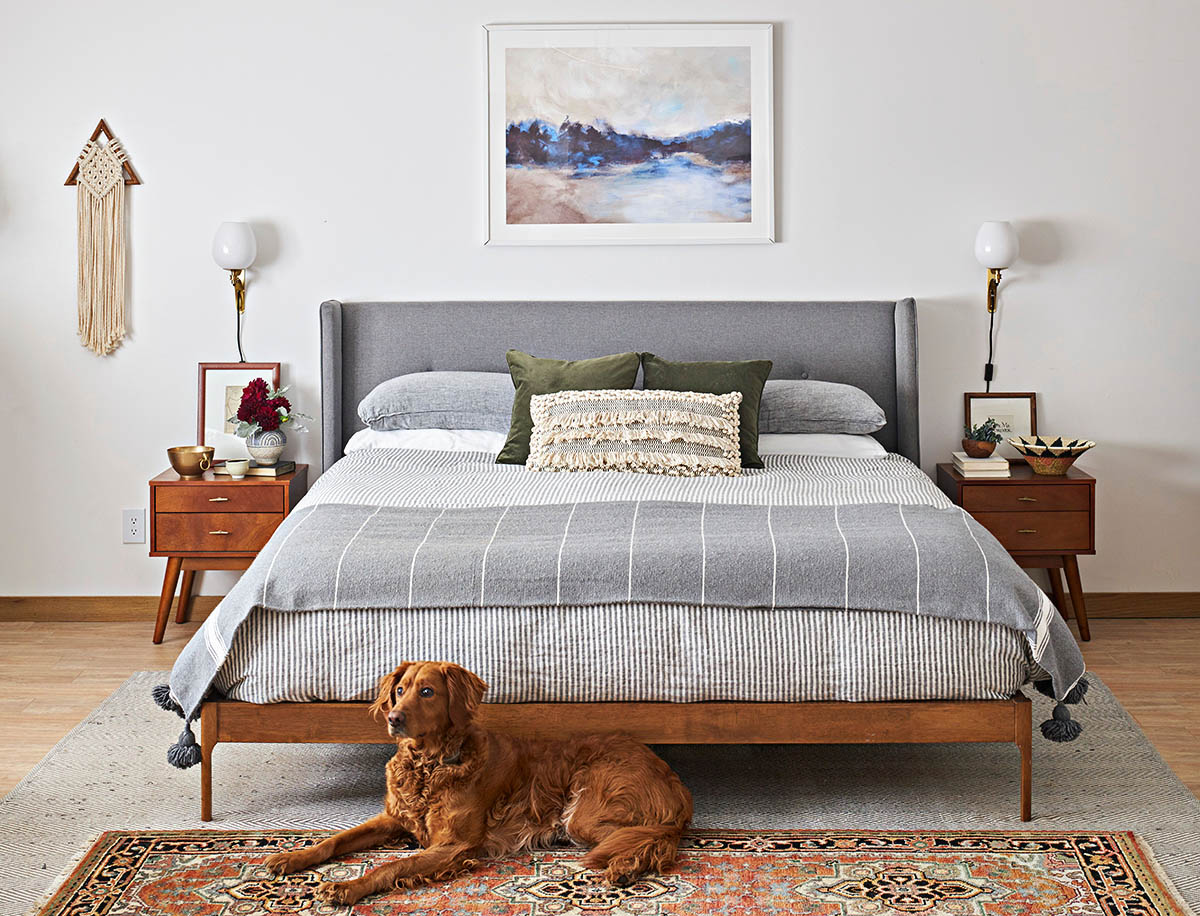
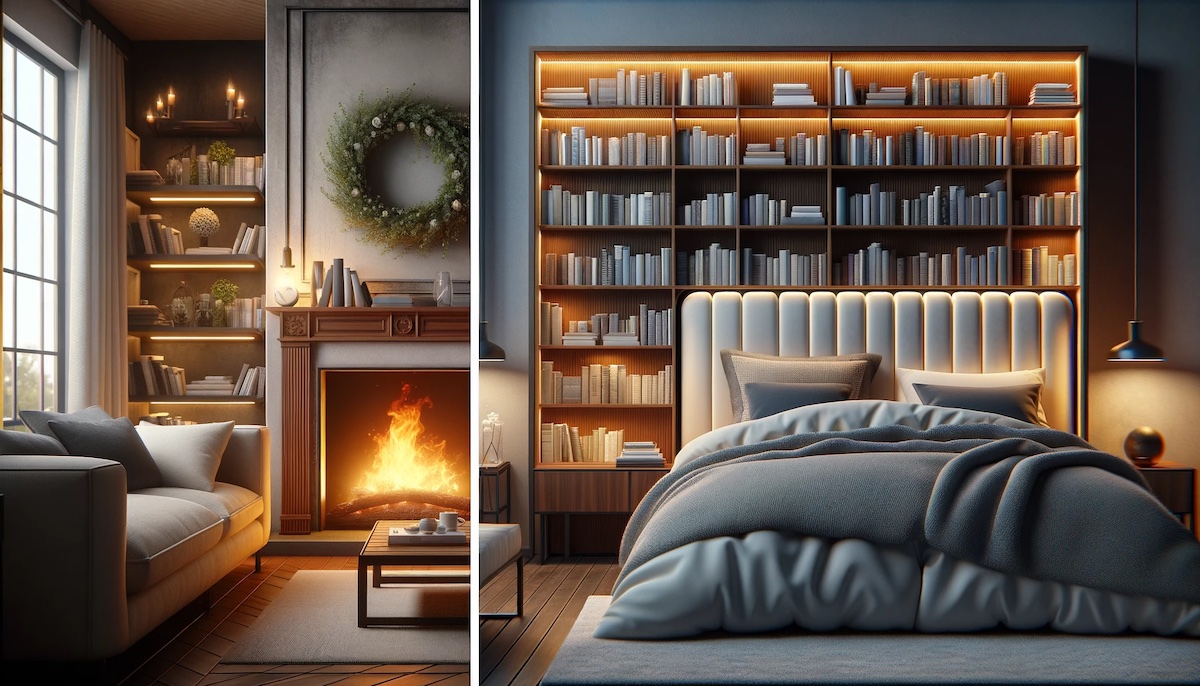
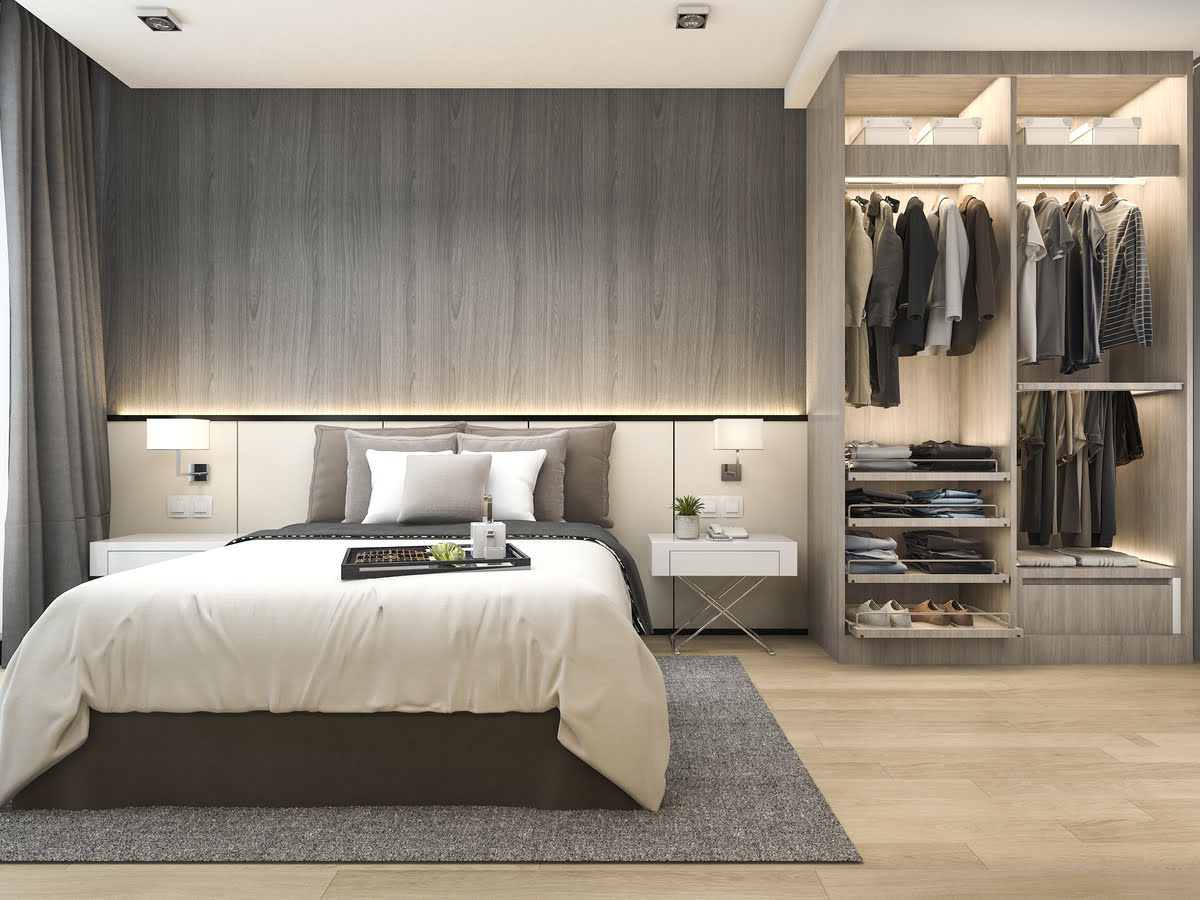
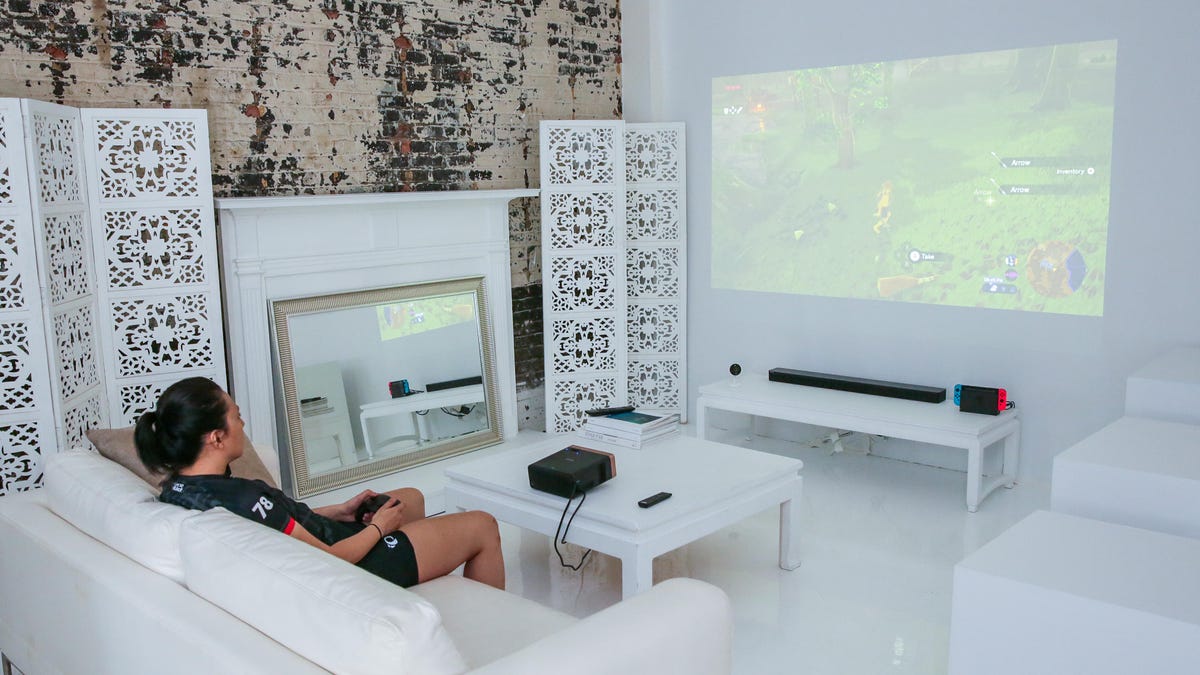
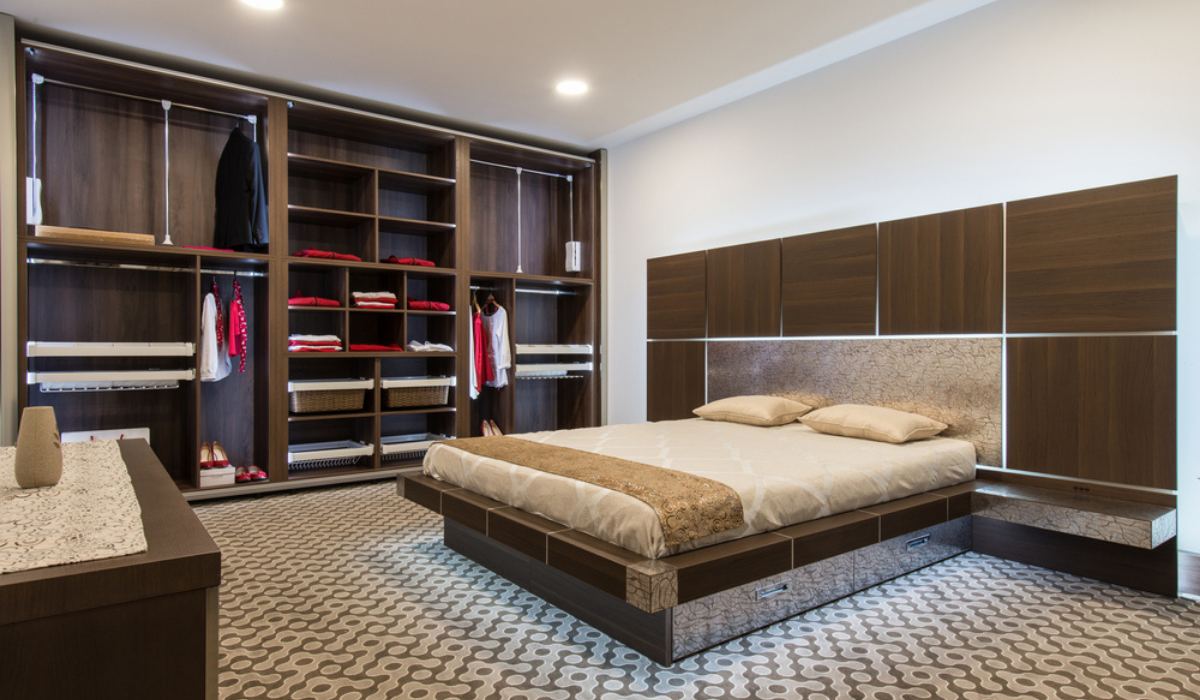
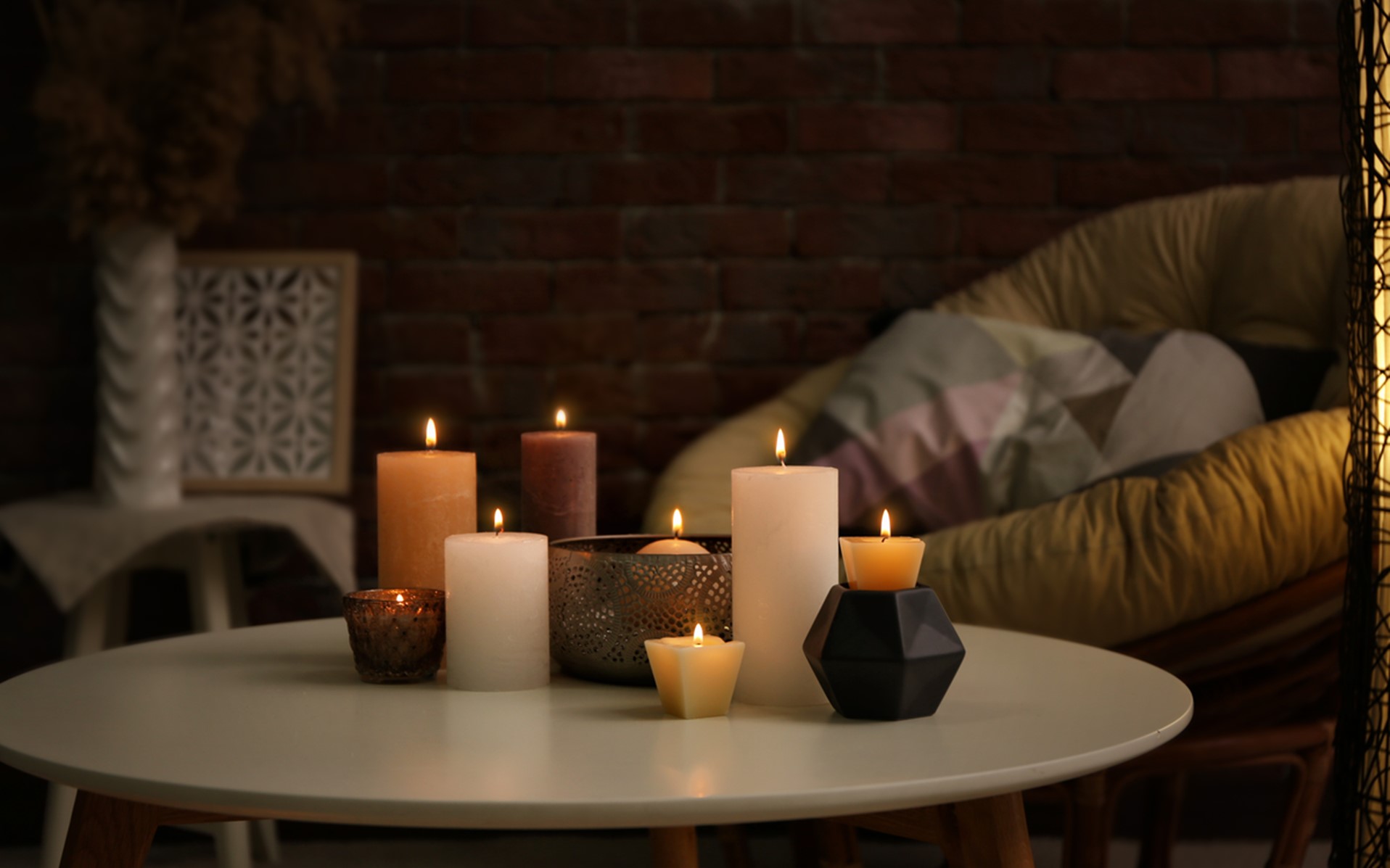
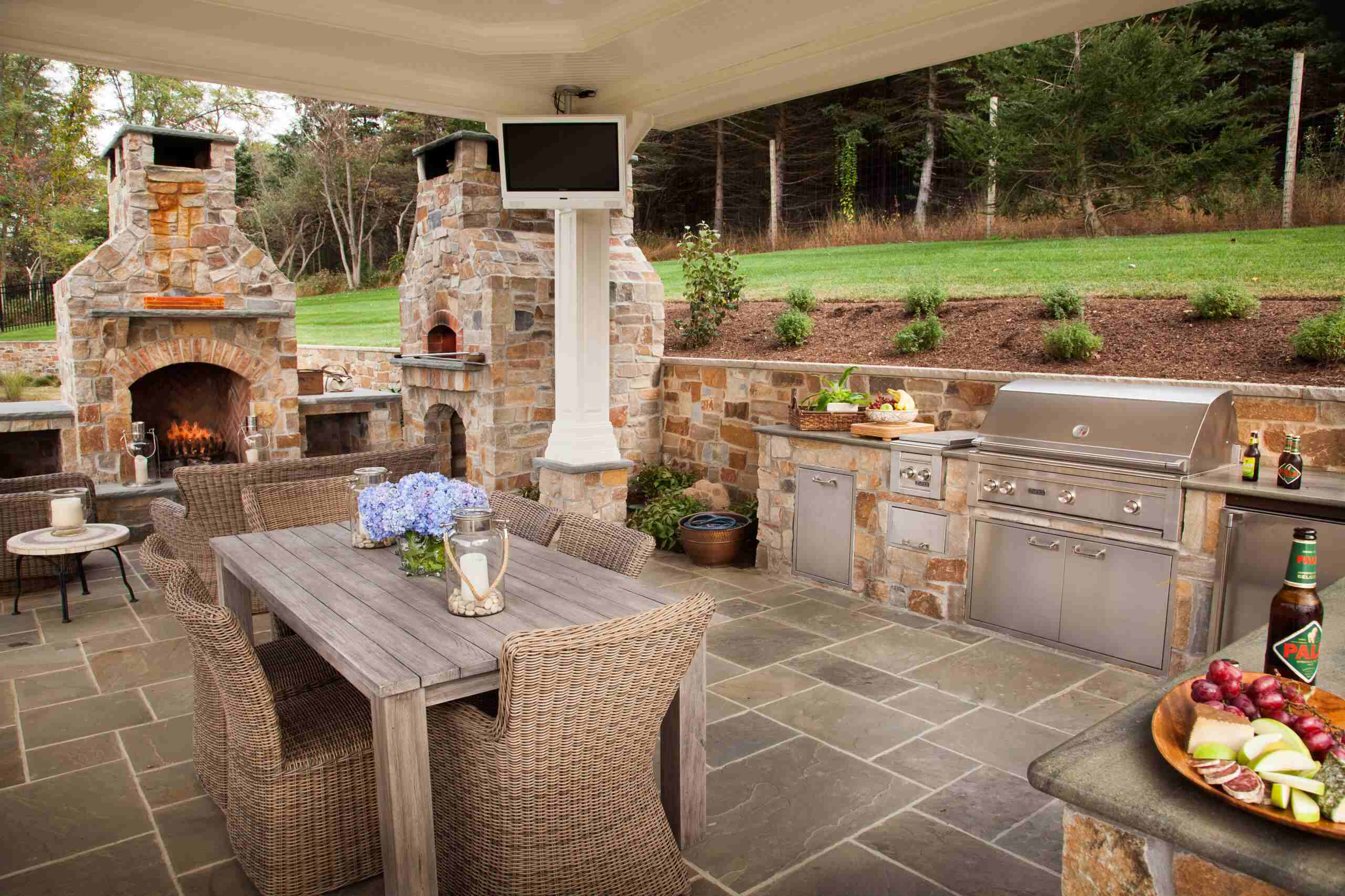
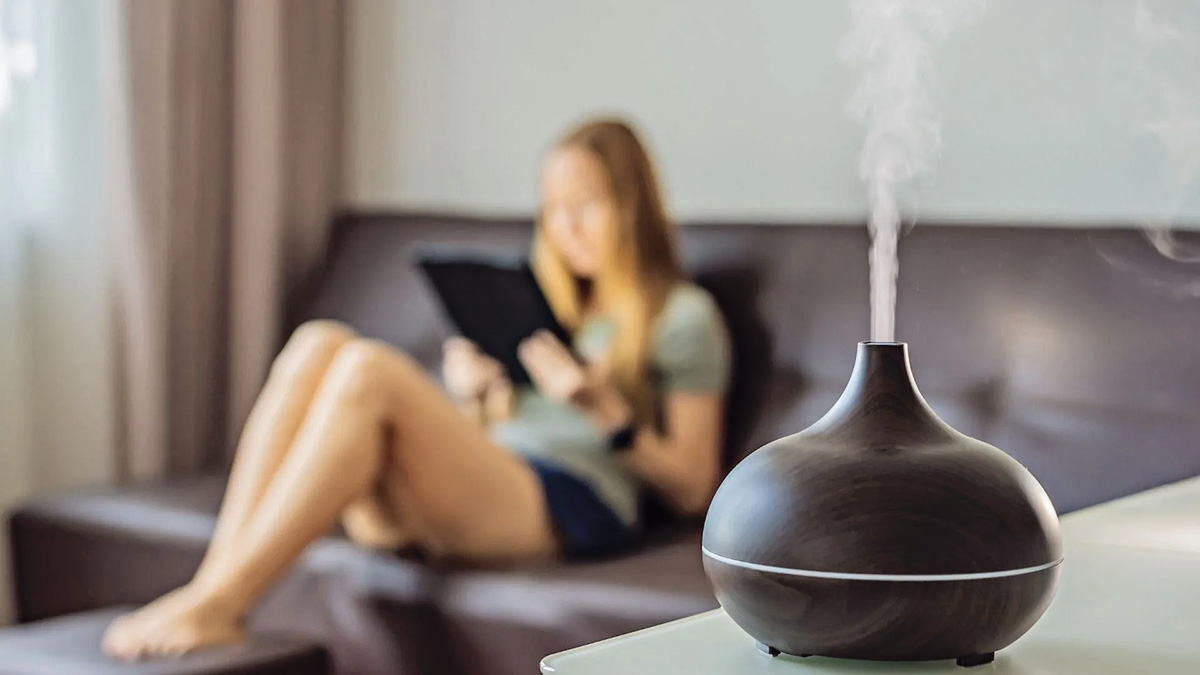
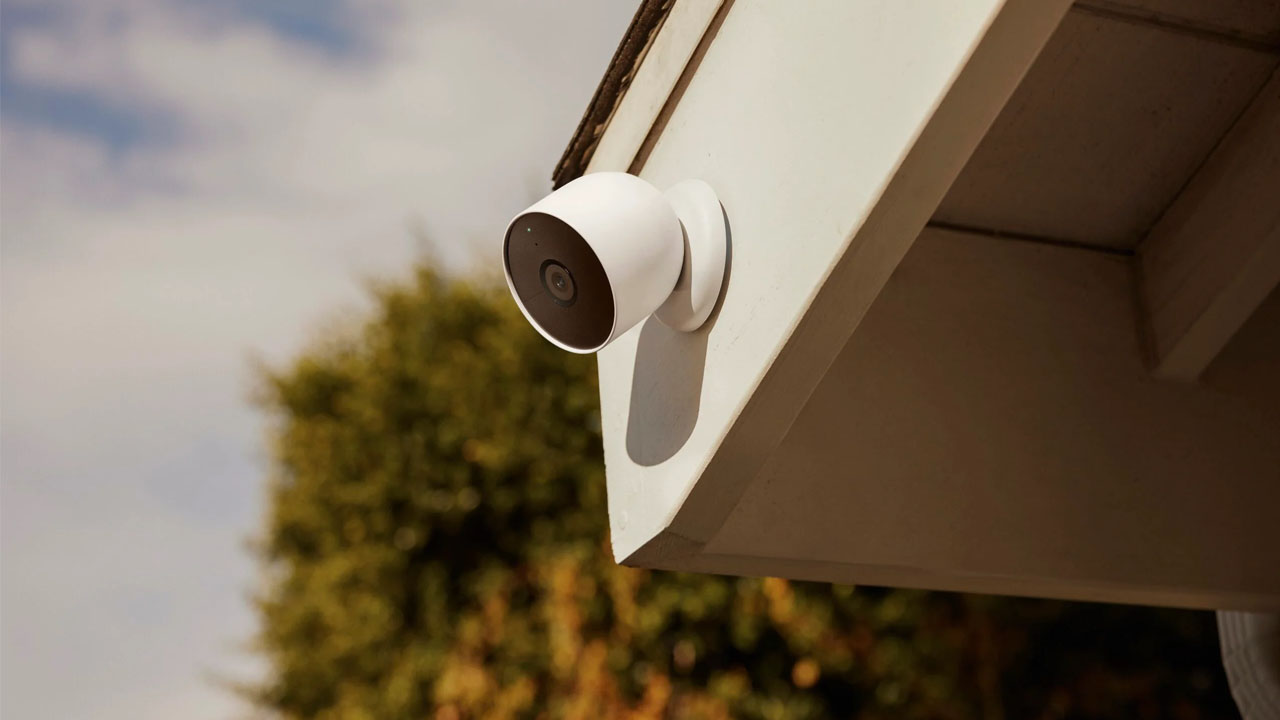
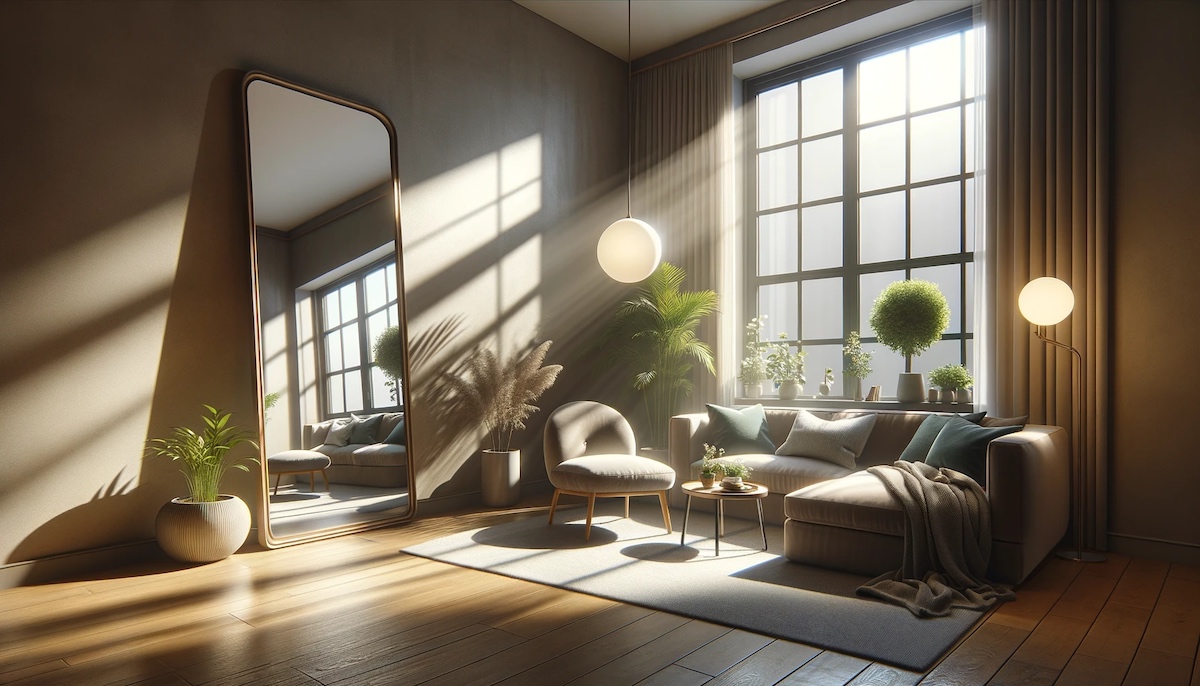
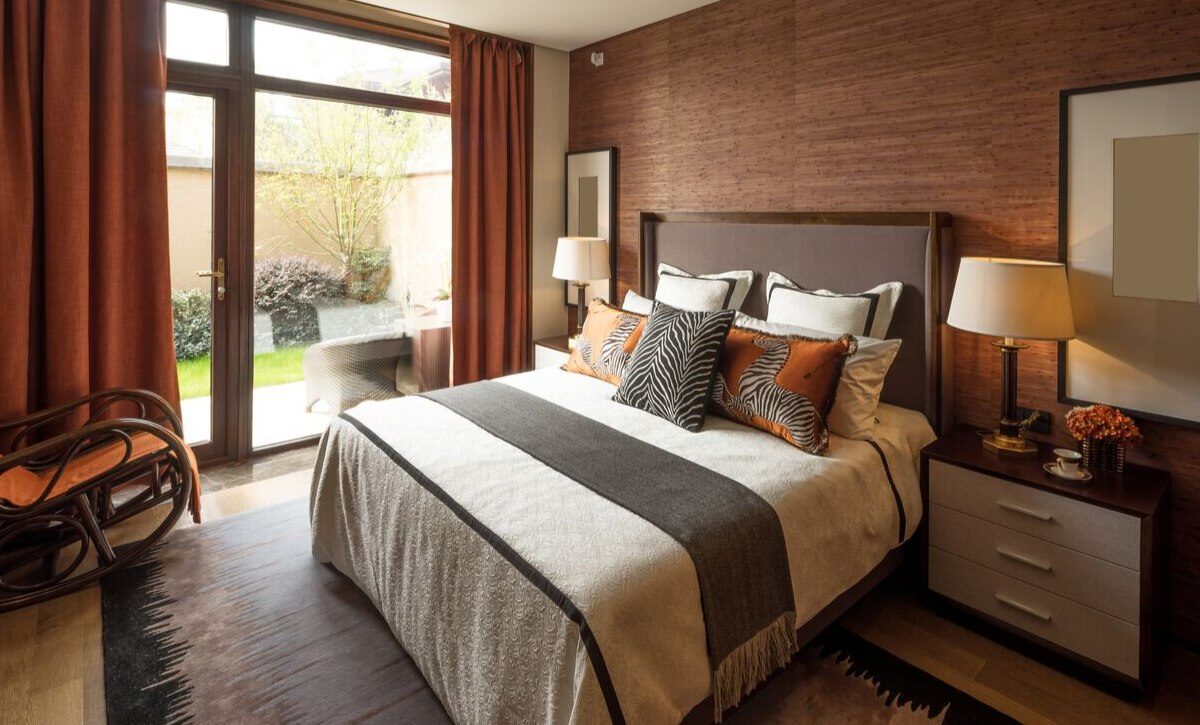

0 thoughts on “Where To Place Wardrobe In Bedroom”